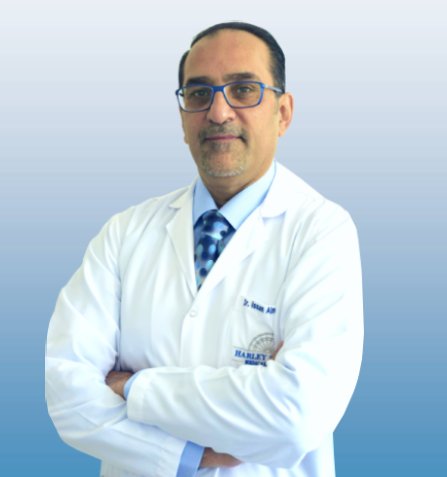SLEEP APNEA
Sleep apnea is a common sleep disorder where patients have abnormal breathing pattern during sleep i.e. they pause during breathing or breathing gets very shallow. Breathing pauses last between 10 to 20 seconds or more. Apnea causes sleep disruption as a result of reduced oxygen level in the blood.
The types of sleep apnea include:
- Central sleep apnea: This type of apnea occurs with interrupted brain signals to the muscles involved in breathing, and there is no effort of the muscles in breathing.
- Obstructive sleep apnea: This is the most common type of sleep apnea and occurs because of obstruction in the airway preventing sufficient flow of air. In this condition the brain signals are not interrupted however the muscular efforts will be unsuccessful.
- Mixed sleep apnea: It is a combination of both central sleep apnea and obstructive sleep apnea.
The common symptoms of sleep apnea include daytime sleepiness, weakness, repeated naps, headaches, irritation, sleeplessness (insomnia), poor memory and concentration, and snoring.
The most common cause of snoring is nasal passage obstruction caused from nasal septum deviation, allergies, sinus infections, swollen turbinates (nasal concha) and enlarged tonsils.
Risk of obstructive sleep apnea increase with age and is more in men, obese individuals, and people with heart diseases.
Obstructive sleep apnea if left untreated may lead to complications such as hypertension, heart failure, heart rhythm disturbances, atherosclerotic heart disease, pulmonary hypertension, insulin resistance and even death.
Sleep apnea may be treated by:
Behavioural changes: This therapy includes losing weight if overweight, avoiding alcohol or sedative medications, stop smoking, and changing sleeping positions.
Dental devices: Dental devices hold the jaw forward and these devices may be used for mild snoring and in people who have not responded from behavioural changes.
Indications:
- OSAS mild and moderate:
- No CPAP tolerance
- No modifications of habits
- No wish/ no candidate for: surgery of UAW
- Severe OSAS candidates that do not tolerate CPAP
- Simple snorers
- That do not respond to habit modifications
- That do not wish/are not candidates for surgery of UAW

Nasal devices and medications: Adhesive nasal strips are available which can be placed over the nose. These will help in widening the nostrils and makes breathing easy. Nasal steroid sprays may be used to decrease the inflammation in the nasal passages. Decongestants nasal sprays and drops are prescribed to relieve the stuffy nose. These medicines shrink the swollen blood vessels in the lining of the nose and help to improve snoring resulting from nasal congestion.
Medications to increase daytime wakefulness may be used in people with sleep apnea.
Nasal continuous positive airway pressure: Nasal continuous positive airway pressure (CPAP) is a device that prevents narrowing of the airway during inspiration and expiration by providing a persistent increased pressure.
Surgery may be needed to correct the anatomic abnormalities. Deviated nasal septum may be surgically corrected with a septoplasty procedure. Polypectomy is done to remove the nasal polyps.






